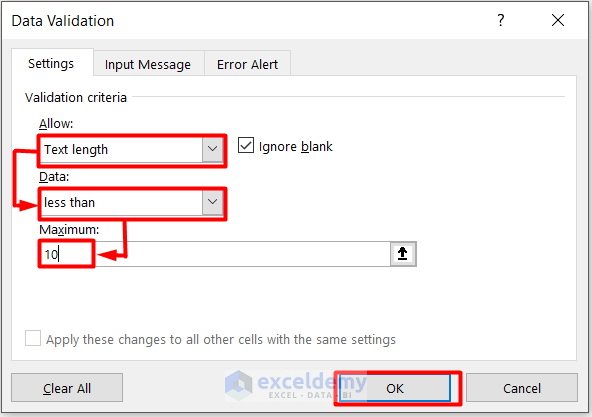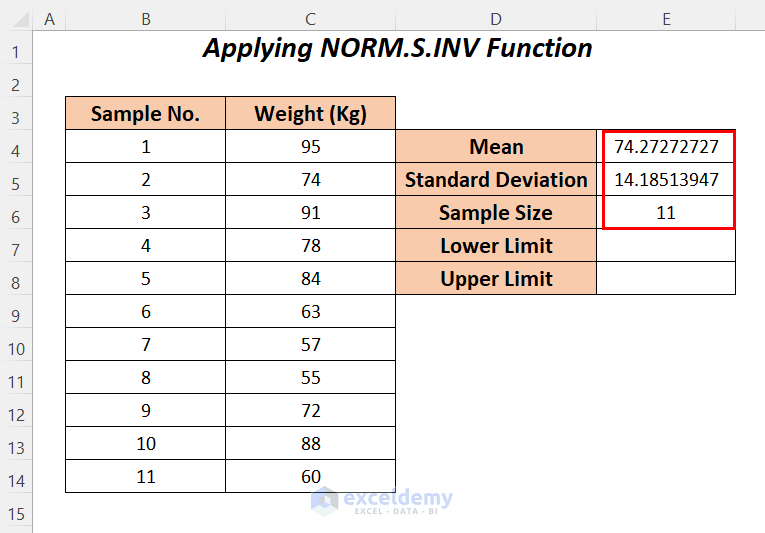Excel Sheet Limits: How Many Can You Really Have?

What Determines Excel Workbook Size?

The capacity of Microsoft Excel workbooks is determined by a complex interaction of several factors:
- System Specifications: Your computer's RAM, processing speed, and storage directly impact how many sheets an Excel workbook can manage.
- Excel Version: Different versions of Excel might have varied limits. Excel 2003 is significantly limited compared to newer versions like Excel 365.
- Content: The type and amount of data in each sheet, including:
- Number of Rows and Columns
- Charts, Tables, and PivotTables
- Formulas and Conditional Formatting
- Images and Embedded Objects
Here's a table illustrating the maximum limits in different Excel versions:
| Excel Version | Maximum Rows | Maximum Columns | Maximum Sheets |
|---|---|---|---|
| Excel 2003 | 65,536 | 256 (Column IV) | 256 |
| Excel 2007 and Later | 1,048,576 | 16,384 (Column XFD) | 1,048,576 |

💡 Note: Despite the theoretical limits, practical performance considerations often mean you'll have to manage the complexity of your sheets to keep Excel responsive.
Navigating Excel Sheet Limitations

To make the most out of Excel’s capacity:
- Use Sheet Optimization:
- Minimize the number of complex formulas and reduce the cell range referenced by these formulas.
- Limit formatting to only essential cells.
- Manage Sheet Visibility: Use the Very Hidden option to control access to sheets for better management.
- External Links: Instead of bloating your workbook, consider linking to external workbooks where possible.
- Excel Performance Tools: Use features like data model to handle large datasets more efficiently.
💡 Note: Even if you're under the sheet limit, a cluttered workbook can cause sluggishness or crash Excel. Remember, it's not just about the number of sheets, but also their contents.
Practical Uses for Multiple Sheets

The flexibility of having numerous sheets in an Excel workbook enables:
- Data Segmentation: Breaking down your data into different sheets for easier analysis.
- Comparative Analysis: Use separate sheets for different scenarios or time periods for side-by-side comparisons.
- Project Tracking: Keep an overview of project progress, deadlines, and tasks on various sheets.
- Reporting: Create different sheets for each report segment like executive summary, financial analysis, etc.
- Consolidation: Gather data from various sheets to summarize or aggregate information in a single worksheet.
💡 Note: Managing sheet names thoughtfully enhances workbook navigation and organization, making it easier for others to follow your structure.
What If You Need More Than Excel Can Handle?

When Excel’s limits don’t meet your data needs, consider these alternatives:
- Database Software: SQL databases or systems like Microsoft Access can handle vast datasets.
- Data Management Tools: Tools like Tableau or Python for big data handling or specialized analysis.
- Cloud-Based Solutions: Options like Google Sheets, Microsoft Excel Online, or cloud platforms can provide scalable data solutions.
- Split and Link: Divide your data into multiple workbooks and link them to create a larger dataset in Excel.
Summing it up, while Excel's workbook size is impressively large, real-world constraints like system performance and data management practices often necessitate smart use of its capabilities. Keep in mind the theoretical limits, but always prioritize efficiency and practicality in your Excel workbooks to prevent performance issues.
What is the maximum number of sheets in an Excel workbook?

+
The maximum number of sheets in an Excel workbook depends on the version. Excel 2007 and later versions allow up to 1,048,576 sheets, whereas Excel 2003 is limited to 256 sheets.
Can Excel handle large datasets?

+
Yes, Excel can handle large datasets with its increased limits in newer versions. However, performance considerations like formula complexity and formatting should be managed to maintain usability.
What happens when I exceed Excel’s limits?

+
When you exceed Excel’s limits, you’ll face performance issues, potential errors, or even Excel crashes. Efficient data management practices or moving to other tools like databases or cloud solutions can help bypass these limitations.



